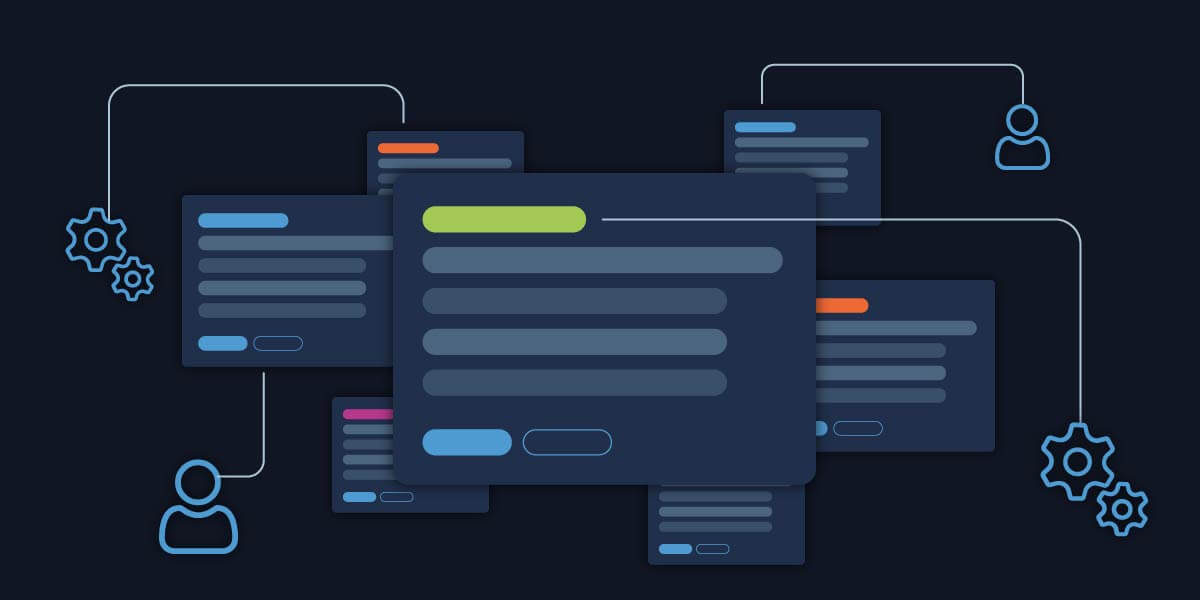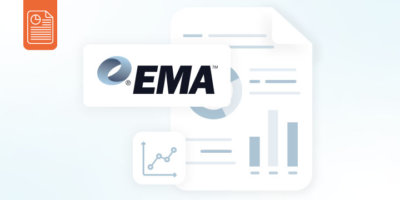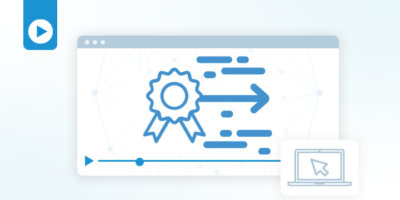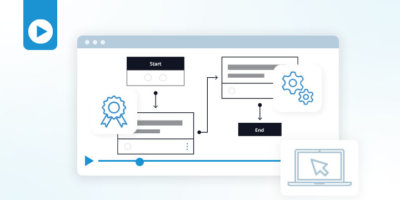Recently, Itential conducted new research in partnership with Enterprise Management Associates, surveying over 1,000 IT professionals who are responsible for managing networks that reveals the state of network configuration management and automation in the enterprise.
In this new report, we uncovered a lot of interesting findings that can help enterprises as they look ahead to tackle network automation initiatives. After spending a lot of timing combing through the data, I wanted to share some of the key findings and what they mean.
Who is Running Your Network?
An interesting set of findings from our research surrounds the idea of what or who a network professional really is. Clearly, network engineers with traditional training like CCNA or CCIE fit the bill, but we found that people who align to DevOps roles are performing significant networking tasks. Let’s call them NetDevOps because not all DevOps practitioners are making network changes.
NetDevOps is making changes all over the network!
It was not particularly surprising to see NetDevOps making changes in the public cloud and data center, but our research reveals that they are also tinkering with the LAN and WAN. 50% of NetDevOps respondents report performing networking tasks on the LAN and 71% on the WAN.
Similarly, traditional network engineers are present in the public cloud and data center.
Our research shows that network 60% of network engineers report performing tasks in the public cloud and a full 80% in the data center.
What does this mean in a typical enterprise? It appears that the long-standing walls separating DevOps and networking teams may finally be coming down and it highlights the need for universal network automation tools. NetDevOps might be automating in a tool such as Terraform and network engineers in Ansible, each of which requires a specific skillset. The ability to pull each of those automations together in one solution will help with the continued destruction of silos and the standardization of network best practices.
Some Tasks Are Already Automated on Your Network
Networking pros have already begun to automate certain tasks on their networks. Our research shows that this is most often done with some combination of open source automation tools like Ansible or Terraform, depending on the environment, and one-off scripts. In other words, homegrown solutions cobbled together to perform very specific tasks.
More than 50% of respondents indicated they are automating parts of their network today.
We asked network pros about the level of automation in areas like configuration management, cloud infrastructure, security policy, and DDI. Interestingly, there appears to be more automation happening in smaller organizations. However, nearly 50% of even very large organizations reported some level of automation.
While commercial automation tools are popular, homegrown solutions and open source tools are widely used across organizations of all sizes.
This is particularly true for very large organizations, especially those in heavily regulated industries. What we’ve heard from industry analysts and from our own customers is that many organizations became heavily invested in these automation methods years ago and are reluctant to start over with a commercial solution.
Why is all of this important? Tech debt in the form of homegrown solutions is preventing organizations from advancing their automation journey. Most of these solutions automate individual tasks (e.g. turning up a VLAN), but not the entire change process and without compliance guardrails in place leaving pre- and post-checks to be performed manually.
Network Configuration Anxiety is Nearly Universal
IT organizations often struggle to impose effective processes for network configuration management. This is especially concerning to those working with virtual network devices and public cloud networking elements where traditional NCCM tools fall short. Our research shows that some automation is happening with configuration management tasks, but it is often piecemeal. Moreover, change management processes can be easily circumvented when manual changes via command line interface (CLI) to individual devices. These shadow manual processes often lead to errors.

Only 34% of network professionals are completely satisfied with their tools and processes they use for network configuration management.
Manual processes, disparate sources of truth, and outdated NCCM tools have led to widespread dissatisfaction with the state of configuration management on the typical network.
75% of IT organizations are at least somewhat concerned that their configuration management tools and process could introduce errors.
This is a staggeringly high number and it indicates that network pros are genuinely concerned about the state of configuration management on their networks.
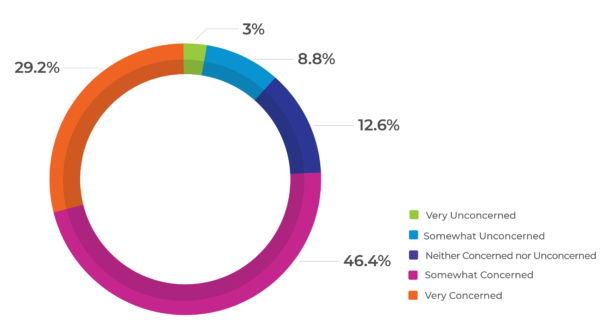
Over 25% of network professionals report making MAJOR changes to the network at least once per week.
The rate of change on a typical network is increasing. Couple this with the low confidence network pros have in their tools and processes for managing configuration and you have a recipe for disaster.
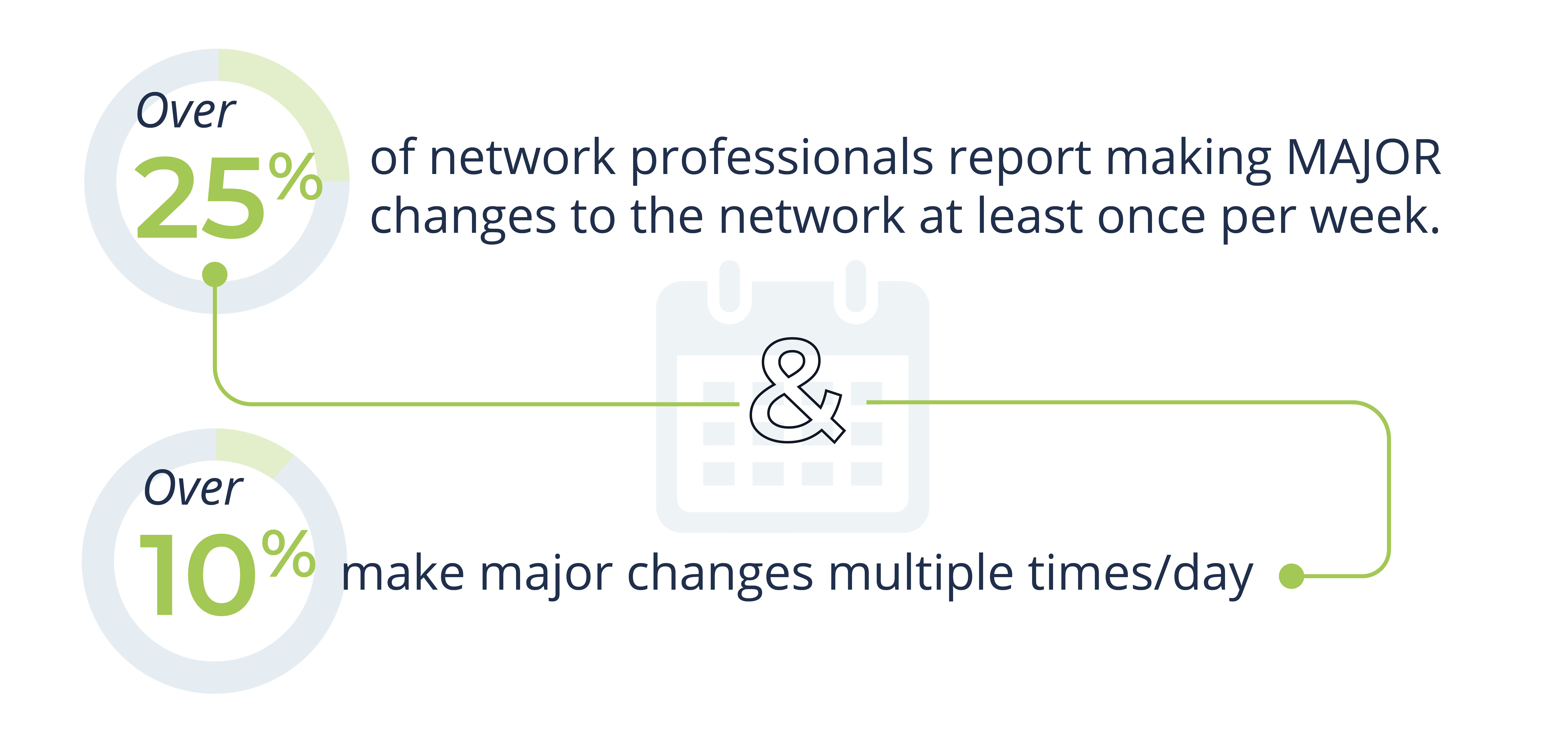
These findings highlight the need for tools that can enforce network configuration standardization across diverse network environments like the LAN, data center, and public cloud.
Challenges and Benefits to Implementing a Network Automation Solution
In our survey, we asked network pros about the challenges they face when implementing a network automation solution and the benefits they seek in a solution.
Top 4 challenges to implementing a network automation solution:
- Skills Gap – Most network pros are concerned that they will have to learn to code to progress their automation journey.
- Automating Old Equipment – Legacy CLI devices present a challenge to automation and are often managed individually.
- Automation Software Evaluation Process – Automation solutions need to demonstrate quickly and easily how they solve problems.
- Time to Value – Network pros need solutions that are easy to implement and easy to use.
Top 4 reasons to implement a network automation solution:
- Efficiency Gains – Automation can drastically reduce time spent on rote tasks, freeing network pros to focus on strategically important initiatives.
- Reliability – It’s no secret that most network configuration errors are caused by manual processes.
- Security – Security is a top concern for network pros. Automation can significantly reduce risks posed from manual errors.
- Compliance – Enforcing configuration standardization and compliance ensures that networks remain reliable, secure, and high-performing.
How the Itential Automation Platform Provides a Single Solution
The Itential Automation Platform (IAP) architecture is based on the philosophy that network automation and configuration management should be a single solution. This allows organizations to comfortably automate end-to-end processes and enable self-service networking. Network automation can drive operational efficiency, reduce security risk, and improve compliance, among other benefits, but only when configuration guardrails are put in place and automated.
IAP includes features that let network pros aggregate and publish their existing automations in a single platform, incorporate them into end-to-end automation workflows, and build compliance guardrails around them. Lastly, IAP is incredibly easy to use and requires no coding to become proficient at automating network changes and change management processes.
To dive deeper into the research findings, register for my upcoming live webinar on February 15th discussing the full findings, “Revealing the State of Network Configuration Management & Automation in the Enterprise” or check out the full report “The State of Network Automation: Configuration Management Obstacles are Universal.” And if you’re ready to start automating your configuration management processes, start your free trial of the Itential Automation Platform and get started automating in minutes.

